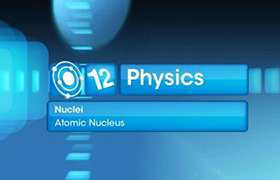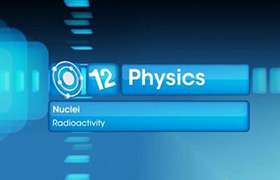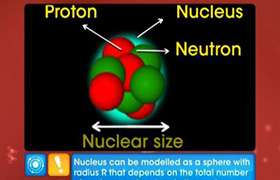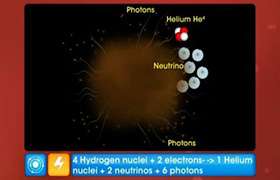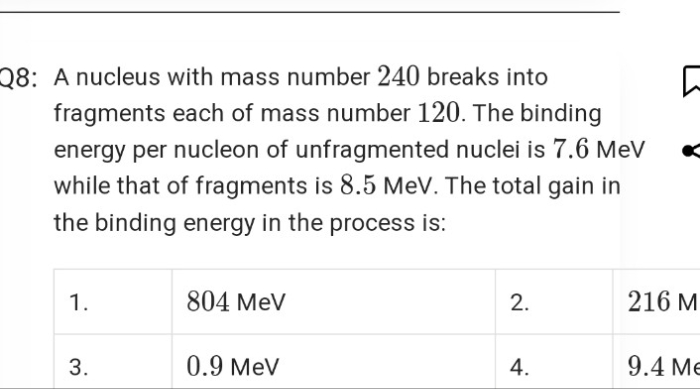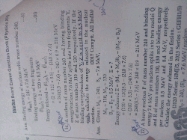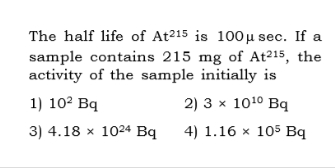CBSE Class 12-science Answered
Main features of plot :
1. The binding energy per nucleon is practically constant for nuclei of middle mass number (30 A 170).
2. Binding energy per nucleon is lower for both light nuclei (A 30) and heavy nuclei (A ≥170)
Inferences from the graph:
1.The force is attractive and strong enough to produce binding energy of few MeV per nucleon.
2.The constancy of binding energy in the range 30 A 170 is due to the fact that nuclear force is short-ranged.
3. The decrease in binding energy per nucleon of heavy nuclei indicates that if we break a heavy nucleus (like uranium) into two lighter nuclei, then the binding energy per nucleon will increase and energy will be released. This process is called nuclear fission.
4. Similarly, smaller values of binding energy per nucleon for nuclei of low mass numbers indicate that energy can be released if two nuclei of small mass numbers combine to form a single middle class nucleus. This process is called nuclear fusion.
Hope this helps
Regards
Team
Topperlearning

